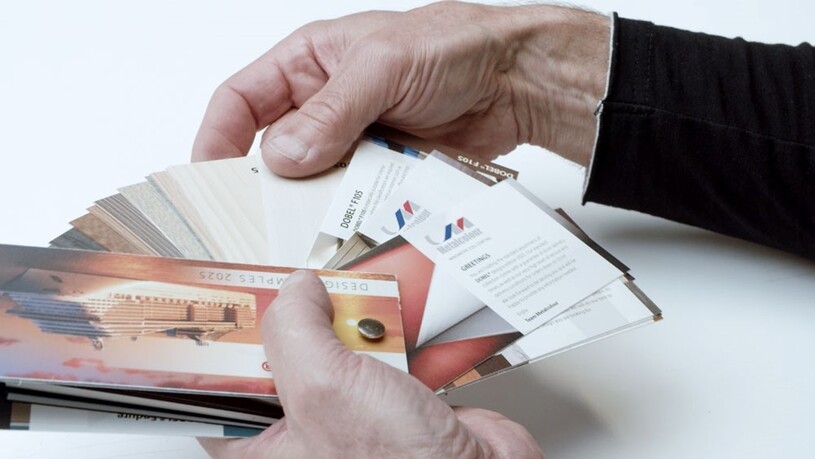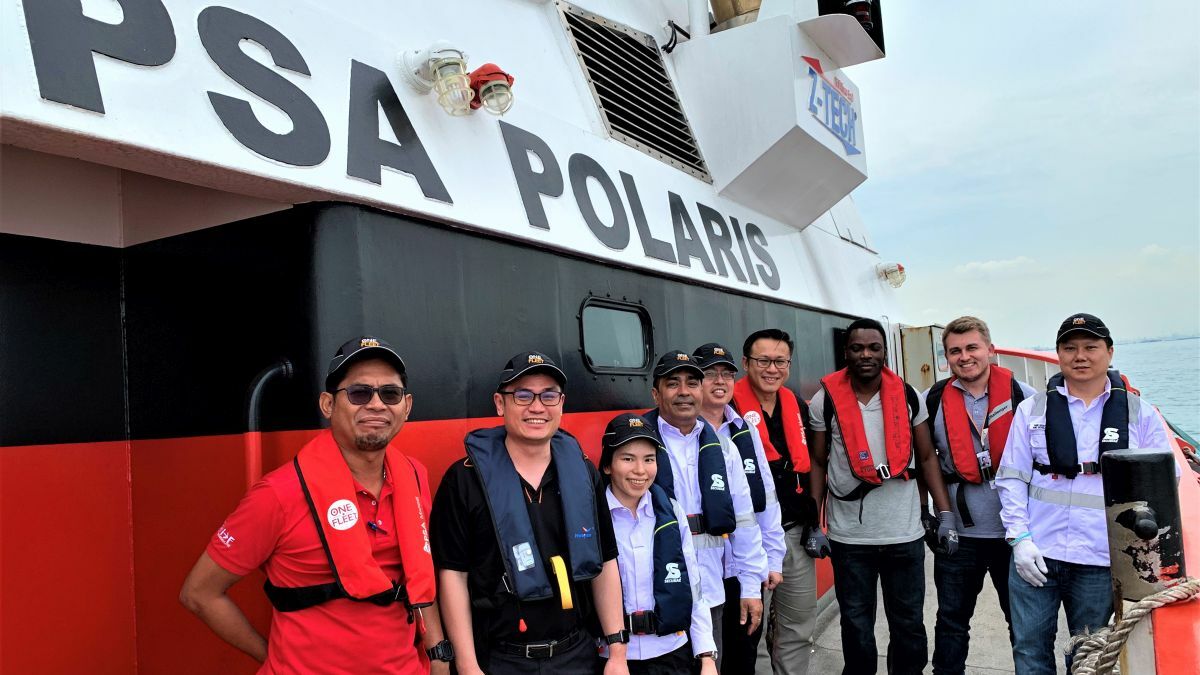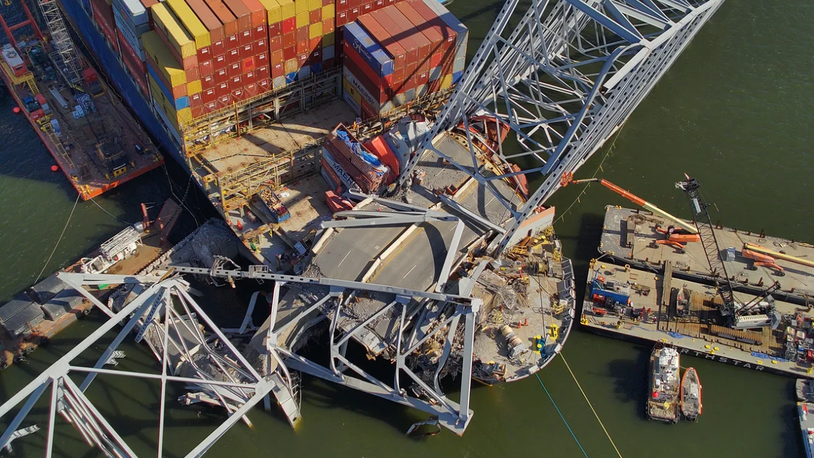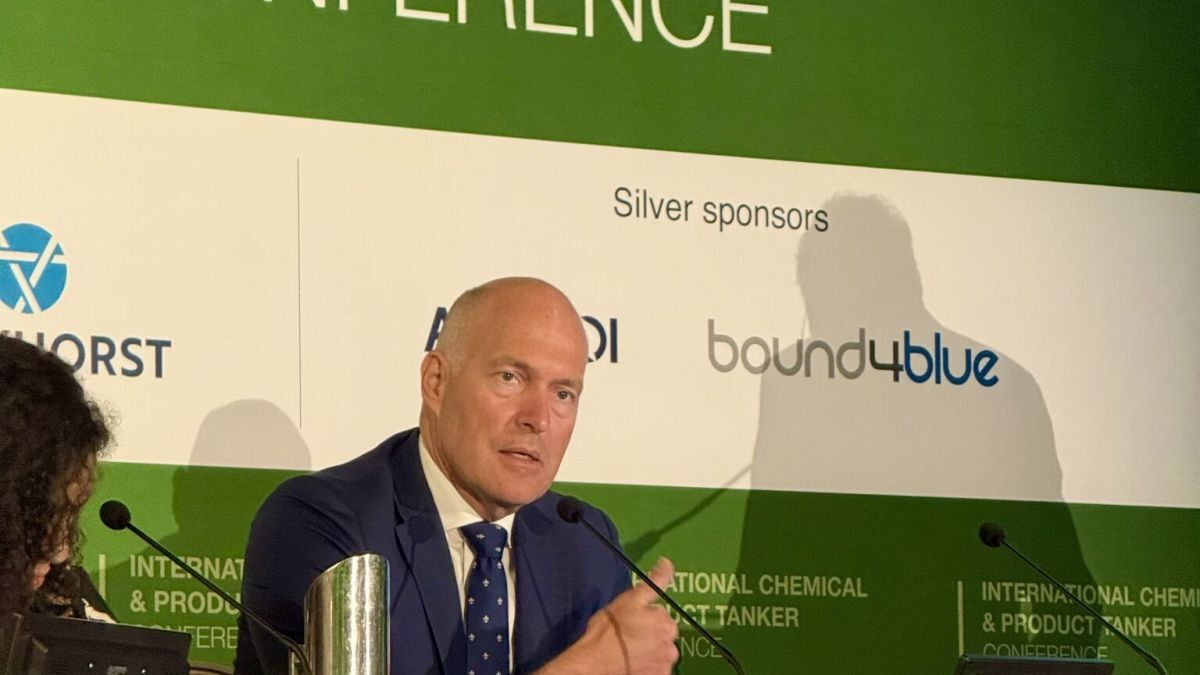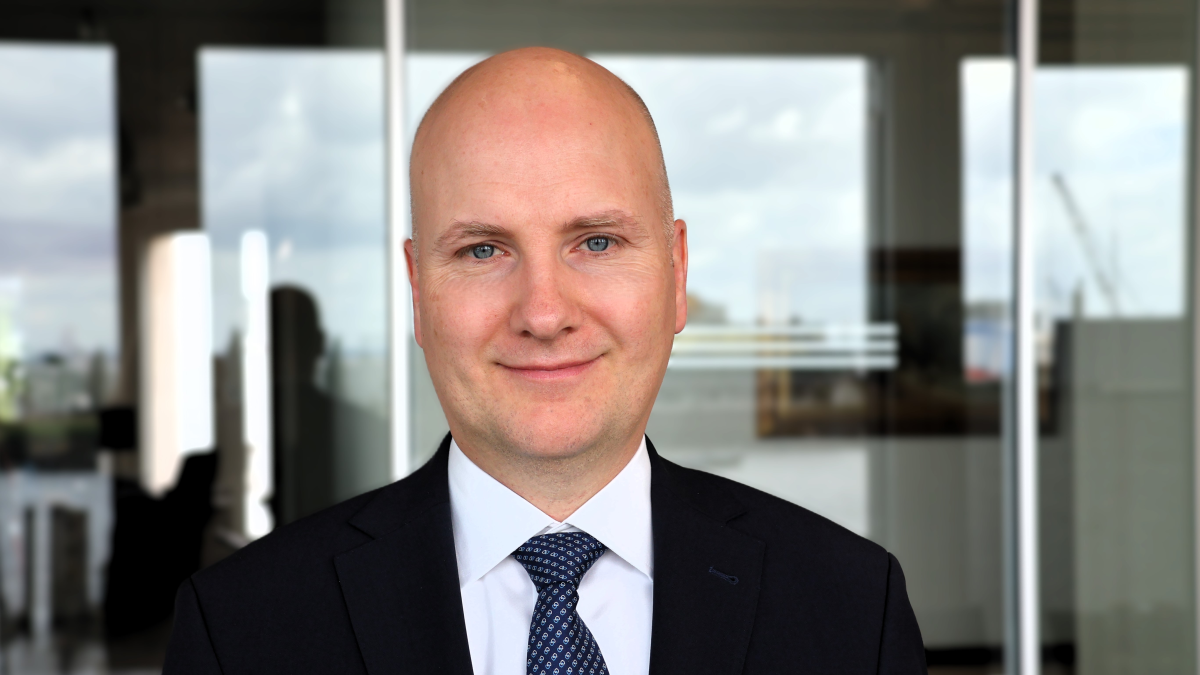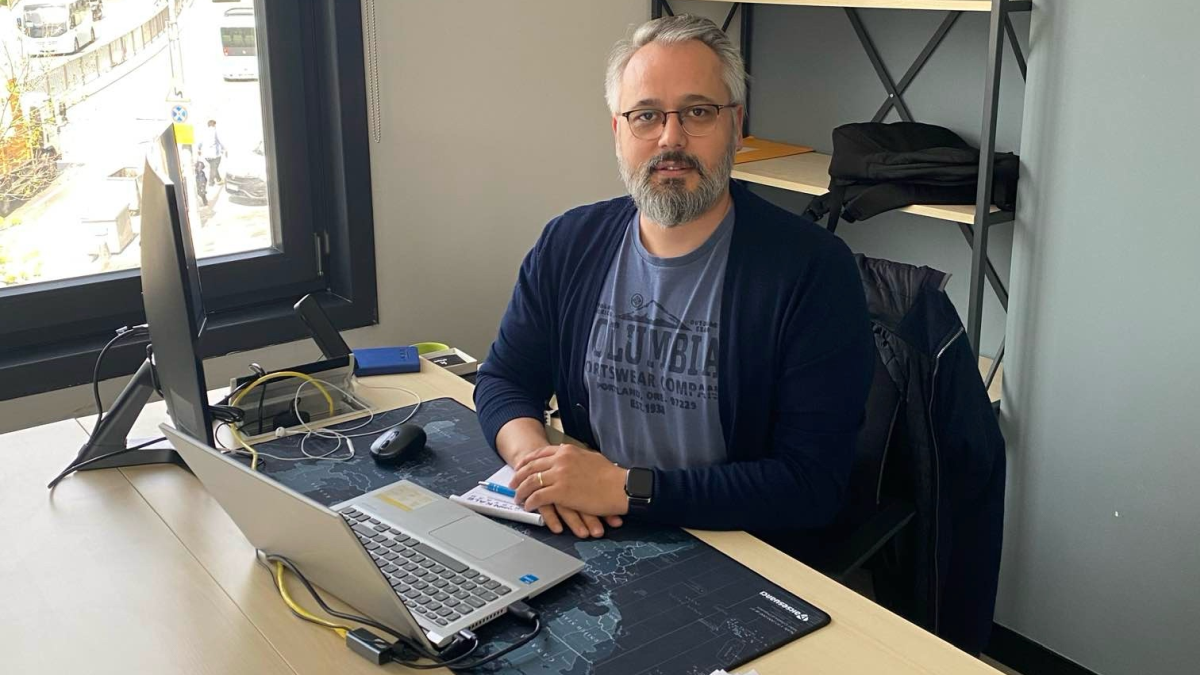Business Sectors
Events
Contents
Future fairway navigation set to be tested
Greater levels of autonomous navigation and pilotage will be trialled in northern Europe, while testing is completed on technology in Singapore
Future fairway navigation using more autonomous shipping technology will be tested in the next two years by a consortium of northern Europe companies and research organisations. DIMECC has started the Sea4Value (S4V) Future Fairway Navigation programme to test technology and concepts in 2022.
This will create a model for safe, sustainable and customer-centric fairway navigation and decision-making to benefit existing fleets. DIMECC-led One Sea is creating an ecosystem for innovation in autonomous shipping over the next five years.
“This lays the foundation for future autonomous vessels,” says One Sea senior ecosystem lead Jukka Merenluoto. Future Fairway Navigation “will be a safe channel with a combination of increased awareness and connectivity.”
Future Fairway Navigation will test existing technology such as weather modelling, artificial intelligence (AI) and machine learning.
There will be sensor fusion for situational awareness, digital twins of the fairways, business modelling, and edge processing or using onboard computers for data processing.
A cyber secure information sharing platform will be set up with application interfaces for users. Data will be transferred to a cloud storage facility using satellite communications and 4G/5G mobile networks.
“We aim to include experiments and demonstrations for remote and auto-pilotage”
Mr Merenluoto anticipates this programme will develop new navigation support services such as future pilotage concepts and vessel traffic services (VTS), sea traffic management and new human-machine interfaces. Results from the programme will be provided to regulators for future guidance to enable greater industry acceptance of autonomous navigation technology.
“We aim to include experiments and demonstrations for remote and auto-pilotage,” said Mr Merenluoto. DIMECC introduced S4V to provide blueprints for digitalisation, information flow and preparing for advanced autonomous operations and navigation. This programme will implement several projects for smart ports and shipping, with smart fairway navigation being the first to run a demonstration.
Remote pilotage
Finnpilot Pilotage plans to test remote pilotage technology, says director Sanna Sonninen.
“The aim is to demonstrate and experiment with important milestones on the journey towards a smart and autonomous maritime transport system,” he says. Early trials could involve remotely piloting a cruise ship into a berth.
Members of the S4V programme consortia could use these opportunities to create smart and autonomous products and services for the One Sea ecosystem, which is an open alliance for global commercial organisations committed to achieving maritime autonomy.
Remote pilotage has already been tested in Egypt where a cruise ship was assisted through the Suez Canal by a team of pilots on escort tugs. In March 2020, canal pilots remotely manoeuvred Italian cruise ship Costa Diadema from the Red Sea to the Mediterranean Sea.
This ship was sailing from the United Arab Emirates to Italy with special measures applied as there had been 65 cases of Covid-19 on board. These infections led the Suez Canal Authority (SCA) to pilot the ship through the canal without its people on board with a pilotage team boarding two escorting tugs on 23 March.
In full co-ordination with the transit control offices, four pilots on the tugs manoeuvred Costa Diadema northbound through the canal. In this way, SCA could follow Egypt’s Ministry of Health requirements and quarantine rules according to the directives of the World Health Organization. Prior to these manoeuvres, SCA trained its pilots to use advanced technology for marine navigation and remote pilotage.
Pilots were assisted by radar guidance and information from transit control offices and navigation monitoring stations along the seaway.
Awake AI is one of the partners in S4V Future Fairway Navigation and has launched Smart Port as a Service, a real-time overview and collaboration solution for all maritime stakeholders.
It expects this will improve situational awareness and enable smarter operational optimisation by guiding users to improve the utilisation of their resources. Awake AI says its platform will promote effective communication and open information sharing, resulting in better operational planning and optimised port calls. Awake platform includes security operations models and procedures.
Singapore trials
Autonomous technology has already been tested on vessels in Singapore, where PSA Marine and PACC Offshore Services Holdings (POSH) completed two separate demonstration programmes.
POSH conducted sea trials of autonomous vessel technology on ship-handling tug POSH Harvest in partnership with ST Engineering. They tested autonomous navigation, remote control and other technologies during Smart Maritime Autonomous Vessel (SMAV) project tests in April 2020.
These trials were conducted in various scenarios and speeds of up to 8.5 knots, while POSH Harvest was in autonomous waypoint navigation mode.
POSH converted its harbour tug into an autonomous vessel incorporating key features such as hazard detection and collision avoidance and NERVA ship management systems. Sensors on the vessel detect potential hazards and onboard AI algorithms provide information for changing routes accordingly to prevent collisions during autonomous waypoint navigation.
This collision prevention algorithm works in accordance with IMO’s international collision avoidance regulations (COLREGS), particularly for overtaking, head-on and route crossing.
POSH also installed a remote centralised control and health monitoring systems on POSH Harvest to provide maintenance capabilities such as condition monitoring, predictive diagnostics and prognostics on critical shipboard systems using the NERVA Sensemaking system.
SMAV project teams intend to continue developing and testing autonomous vessel technology during 2020.
PSA Marine and Wärtsilä plan to introduce autonomous technology to terminal and harbour operations following completion of sea trials on a harbour tug. They worked with classification society Lloyd’s Register and the Technology Centre for Offshore and Marine Singapore on the IntelliTug project, which was co-funded by Maritime and Port Authority of Singapore’s Maritime Innovation and Technology fund.
During Q4 2019 and Q1 2020, autonomous tug technology was tested on harbour tug PSA Polaris during different scenarios and operations. With its successful conclusion, PSA Marine says it intends to deploy it on more vessels.
PSA Marine trialled Wärtsilä’s smart navigation technology for remotely operating vessels, on hundreds of test cases to verify the system’s aid in avoiding collisions in real-time.
This technology sends track and speed commands to an onboard dynamic positioning system, which drives the tug along a pre-determined route safely at speeds of up to 10 knots.
These manoeuvres follow set behaviours and meet success criteria to enable vessels to reach their destination. This system also allows tug masters to view plotted routes and manually avoid collisions.
Autonomous future
Another autonomous navigation trial is scheduled to start in September this year. Mayflower autonomous ship will attempt to retrace the voyage of the original Mayflower across the Atlantic Ocean, from the UK to the US, using AI, cloud and edge computing, remote sensing and monitoring technology and renewables propulsion.
Led by marine research organisation ProMare, the project is developing autonomous systems that can later be deployed commercially, offering a window into the future of shipping and marine research.
IBM is providing the AI, cloud and edge computing, and power systems behind Mayflower’s AI Captain, which will enable the vessel to sense, think and make decisions at sea. Other technology comes from Wärtsilä and exactEarth.
Get the latest information and viewpoints on maritime issues during Riviera Maritime Media’s series of webinar weeks on key technical subjects in shipping
Related to this Story
Events
Maritime Environmental Protection Webinar Week
Cyber & Vessel Security Webinar Week
The illusion of safety: what we're getting wrong about crews, tech, and fatigue
Responsible Ship Recycling Forum 2025
© 2024 Riviera Maritime Media Ltd.

